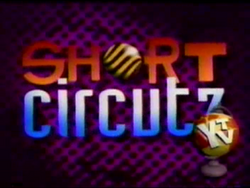
Animation is a filmmaking technique by which still images are manipulated to create moving images. In traditional animation, images are drawn or painted by hand on transparent celluloid sheets (cels) to be photographed and exhibited on film. Animation has been recognized as an artistic medium, specifically within the entertainment industry. Many animations are computer animations made with computer-generated imagery (CGI). Stop motion animation, in particular claymation, has continued to exist alongside these other forms.

Computer animation is the process used for digitally generating moving images. The more general term computer-generated imagery (CGI) encompasses both still images and moving images, while computer animation only refers to moving images. Modern computer animation usually uses 3D computer graphics.

Morphing is a special effect in motion pictures and animations that changes one image or shape into another through a seamless transition. Traditionally such a depiction would be achieved through dissolving techniques on film. Since the early 1990s, this has been replaced by computer software to create more realistic transitions. A similar method is applied to audio recordings, for example, by changing voices or vocal lines.
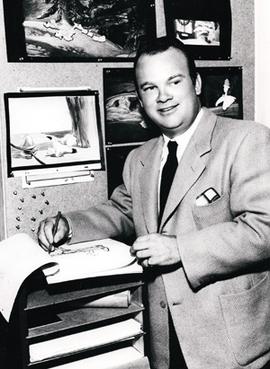
Frederick Bean "Tex" Avery was an American animator, cartoonist, director, and voice actor. He was known for directing and producing animated cartoons during the golden age of American animation. His most significant work was for the Warner Bros. and Metro-Goldwyn-Mayer studios, where he was crucial in the creation and evolution of famous animated characters such as Bugs Bunny, Daffy Duck, Porky Pig, Elmer Fudd, Droopy, Screwy Squirrel, The Wolf, Red Hot Riding Hood, and George and Junior.

Felix the Cat is a cartoon character created in 1919 by Pat Sullivan and Otto Messmer during the silent film era. An anthropomorphic young black cat with white eyes, a black body, and a giant grin, he is often considered one of the most recognized cartoon characters in history. Felix was the first fully realized animal character in the history of American film animation.

Traditional animation is an animation technique in which each frame is drawn by hand. The technique was the dominant form of animation in cinema until the end of the 20th century, when there was a shift to computer animation in the industry, specifically 3D computer animation.
The Works is a shelved animated feature film, partially produced from 1979 to 1986. If it had been finished as intended, it would have been the first film that was entirely 3D computer-animated. It included contributions from individuals who would go on to work at digital animation pioneers Pixar and DreamWorks Animation.
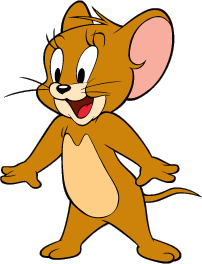
Gerald Jinx "Jerry" Mouse is a fictional character and one of the two titular characters in Metro-Goldwyn-Mayer's series of Tom and Jerry theatrical animated short films and other animated media, usually acting as the protagonist opposite his rival Tom Cat. Created by William Hanna and Joseph Barbera, Jerry is an anthropomorphic brown house mouse, who first appeared as a mouse named Jinx in the 1940 MGM animated short Puss Gets the Boot. Hanna gave the mouse's original name as "Jinx", while Barbera claimed the mouse went unnamed in his first appearance.
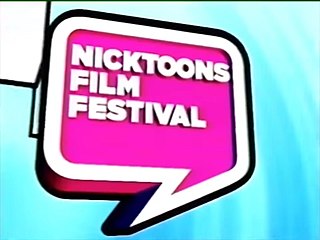
The Nicktoons Film Festival was an annual event that was created by producer Fred Seibert and produced for its first three years by his Frederator Studios.
A clip show is an episode of a television series that consists primarily of excerpts from previous episodes. Most clip shows include a frame story in which cast members recall events from past installments of the show, depicted with a clip of the event presented as a flashback. Clip shows are also known as cheaters, particularly in the field of animation. Clip shows are often played before series finales as a way to summarize the entire series, or once syndication becomes highly likely as a way to increase the number of episodes that can be sold. Other times, however, clip shows are simply produced for budgetary reasons.

Kid Pix is a bitmap drawing program designed for children. Originally created by Craig Hickman, it was first released for the Macintosh in 1989 and subsequently published in 1991 by Broderbund. Hickman was inspired to create Kid Pix after watching his son Ben struggle with MacPaint, and thus the main idea behind its development was to create a drawing program that would be very simple to use.

The Adventures of André & Wally B. is a 1984 American animated short film produced by the Lucasfilm Computer Graphics Project, a division of Lucasfilm and the predecessor of Pixar. The short was groundbreaking by the standards of the time and helped spark the film industry's interest in computer animation.
The Mind's Eye series consists of several art films rendered using computer-generated imagery of varying levels of sophistication, with original music scored note-to-frame. The series was conceived by Steven Churchill of Odyssey Productions in 1989. The initial video was directed, conceptualized, edited and co-produced by Jan Nickman of Miramar Productions and produced by Churchill. The first three products in the series were released on VHS and LaserDisc and also released on DVD. The fourth program in the series was released and distributed by Sony Music on DVD.

Gopher is a fictional grey anthropomorphic gopher character who first appeared in the 1966 Disney animated film Winnie the Pooh and the Honey Tree. He has a habit of whistling out his sibilant consonants, one of various traits he has in common with the beaver in Lady and the Tramp, by whom he may have been inspired.
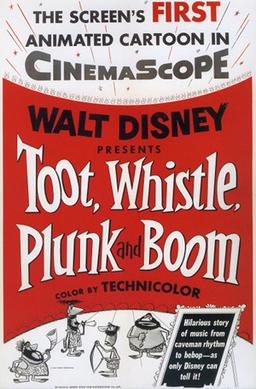
Toot, Whistle, Plunk and Boom is an American animated short film produced by Walt Disney Productions and directed by Ward Kimball and Charles A. Nichols. A sequel to the first Adventures in Music cartoon, the 3-D short Melody, Toot, Whistle, Plunk and Boom is a stylized presentation of the evolution of the four orchestra sections over the ages with: the brass ("toot"), the woodwind ("whistle"), the strings ("plunk"), and the percussion ("boom").

Stanley and Stella in: Breaking the Ice, also known as Love Found, is a 1987 American animated short film.
Odyssey Productions is the former name of a California-based photography and 3-D computer animation company founded in 1983 by Steven Churchill. It was the first San Diego company to produce 3D computer animation and its clients have included Coca-Cola, General Dynamics, Union Oil, Southwestern Cable, Metrocast, Honda, and a number of TV stations across the country.
The Spirit of Mickey is an American animated direct-to-video anthology film, produced and released by Walt Disney Home Video on July 14, 1998. It features clips from The Mickey Mouse Club, The Wonderful World of Disney, and A Goofy Movie, in the introductory scene, and some of the namesake character's shorts, including The Band Concert, Lend a Paw, Mr. Mouse Takes a Trip and Steamboat Willie.
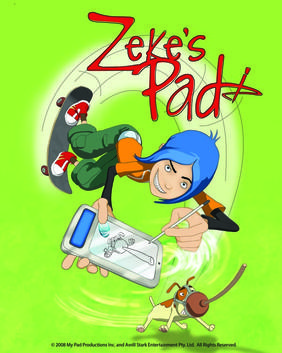
Zeke's Pad is a Canadian-Australian computer-animated television series co-produced by Bardel Entertainment, Flying Bark Productions, Star Farm Productions, and Leaping Lizard Productions in association with Seven Network Australia and YTV Canada Inc.. The show was produced with the participation of The Canadian Television Fund, The Province of British Columbia Production Services Tax Credit, Film Incentive BC, The Canadian Film or Video Production Tax Credit, The Shaw Rocket Fund, The Independent Production Fund, The Cogeco Program Development Fund, The Bell Broadcast and New Media Fund, and British Columbia Film. It aired on YTV in Canada on Saturdays at 7 PM. The show is about the adventures of a 14-year-old skateboarder and artist named Zeke who owns a magic electronic pad that brings life to anything he draws on it.
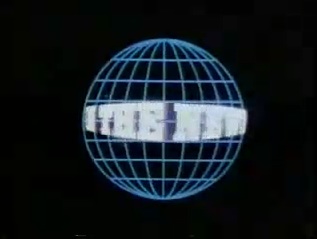
In the News is an American series of two-minute televised video segments that summarized topical news stories for children and pre-teens. The segments were broadcast in the United States on the CBS television network from 1971 until 1986, between Saturday morning animated cartoon programs, alongside features like Schoolhouse Rock! and One to Grow On, which aired on competing networks ABC and NBC, respectively. NBC also produced a competing segment called Ask NBC News.
